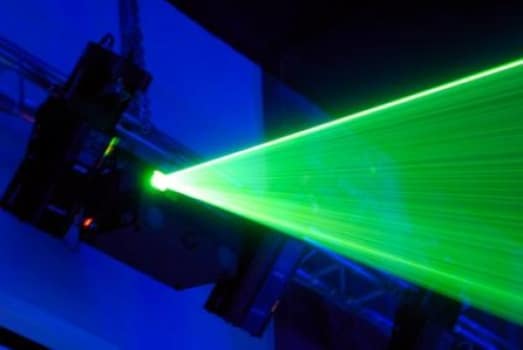Physicists and developers are all set to find answers to the undiscovered realms of the technology. Day after day new gadgets are being invented which were once believed to be impossible to create. The major force behind this on going force is the inspiration they derive to bring something new to life, to explore the unknown vistas and to give a new definition to the reality as we know today. The major inventions are drawn from the ideas that appear in science fiction. Many gadgets like Xenon bike, hovercraft, Google Glass are results of research and development done on merely a vague idea that took a concrete form in later stages. Another such idea was to use a light beam to control objects like some superpower, to manipulate them and control them optically. Researchers have now found a way to use actual tractor beams to push and pull objects. A tractor beam is a device with the ability to attract one object to another from a distance. The term was coined by in his novel Spacehounds of IPC (1931).
Until recent years, tractor beams have been more a sci-fi fascination than an actual preoccupation of engineers. But things have changed, and tractor beams have steadily moved from books and comic books to labs. In 2011, we heared the news about NASA researching tractor beams, and earlier this year, about a team which successfully developed an effective water tractor beam. Australian researchers say they’ve set a record by dragging objects 100 times further than has been accomplished in previous experiments. Not only have researchers at the Australian National University increased the distance an object can be moved, but their version of a tractor beam is reversible — it can both pull and push objects.
While previous tractor beams have used the energy of photons to propel particles, they’ve been limited to moving extremely small object for just tiny distances. The new tractor beam uses an alternate technique — heat — to move a much larger object over a much greater distance, up to almost 8 inches, the researchers report in the journal Nature Photonics. They’ve used a hollow laser beam, bright around its edges but dark in its center, to heat up both the objects to be moved and the air around them.
The researchers used a so-called hollow laser beam in a laboratory at the Australian National University (ANU) in Canberra. The laser is bright around the edges and dark at its center. They then used it to manipulate hollow glass spheres about a fifth of a millimeter across. The particles are trapped in the dark center of the beam. Energy from the laser hits the particle and travels across its surface, where it is absorbed creating hotspots on the surface. Air particles colliding with the hotspots heat up and shoot away from the surface, which causes the particle to recoil in the opposite direction. By changing the laser beam’s polarization (the direction in which the light waves vibrate) they were able to move the position of the hotspot to manipulate the glass spheres.

